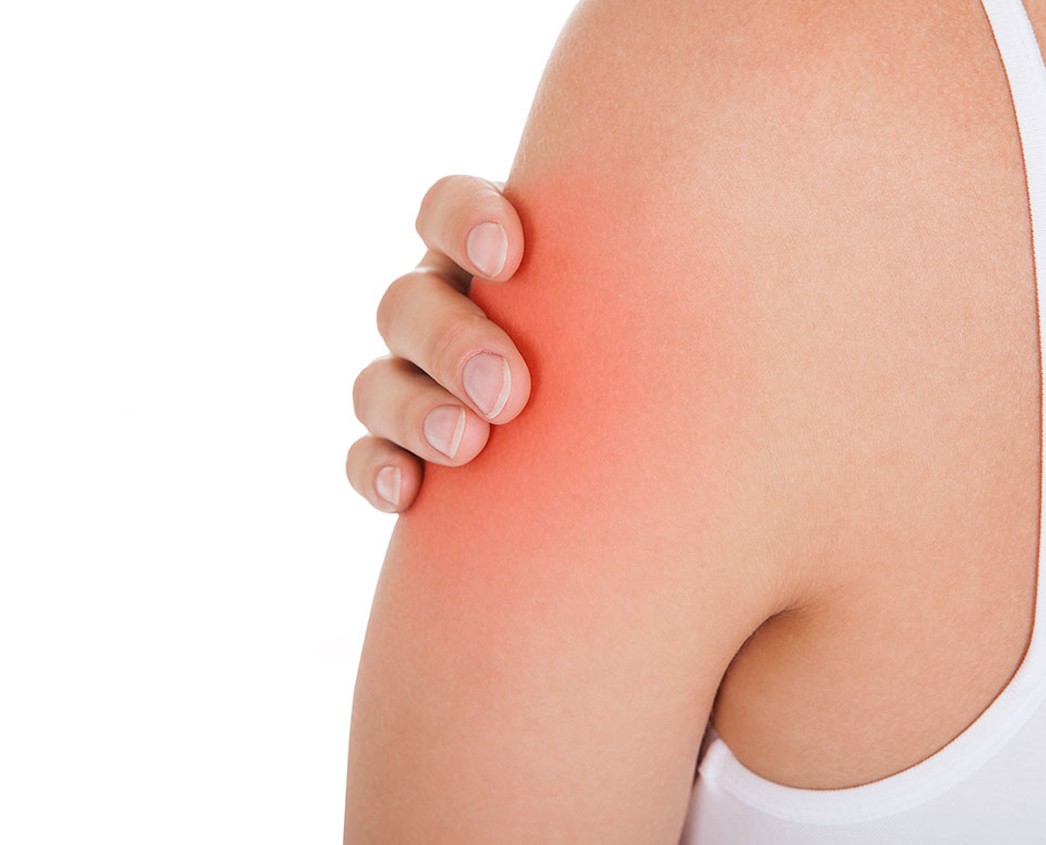Easing Discomfort: TCM Insights on Arm Pain and Holistic Healing
In Traditional Chinese Medicine (TCM), arm pain is often viewed as a manifestation of imbalances in the body's vital energy (Qi), blood circulation, and the meridian system. Here's a detailed overview of arm pain in TCM, covering causes, symptoms, syndromes, diagnosis, treatment, dietary recommendations, cautions, and more:
Causes of Arm Pain in TCM:
- Blood Stasis:
- Impaired blood circulation leading to stagnation and pain.
- Often caused by trauma, injury, or chronic circulatory issues.
- Qi Stagnation:
- Blockage or stagnation of Qi, leading to pain and discomfort.
- Emotional stress, tension, or poor lifestyle habits can contribute.
- Meridian Blockage:
- Obstruction in the flow of Qi and blood along specific meridians.
- Poor posture, overuse, or external factors may lead to blockages.
Symptoms of Arm Pain in TCM:
- Pain and Discomfort:
- Dull, aching, or sharp pain in one or both arms.
- Pain may be constant or occur during specific movements.
- Limited Range of Motion:
- Difficulty in moving the arms freely.
- Stiffness or restricted mobility may be present.
- Sensation of Cold or Heat:
- Cold sensations may indicate a deficiency, while heat may suggest inflammation.
- Temperature-related symptoms provide insights into the underlying condition.
In Person With Heshoutang Natural Health Members
With Heshoutang Natural Health Online Members
Fill Out the Questionnaire by yourself
Syndromes Associated with Arm Pain:
- Blood Stasis Syndrome:
- Symptoms may include sharp or stabbing pain.
- Stasis often results from trauma, injury, or poor blood circulation.
- Qi Stagnation Syndrome:
- Symptoms are often related to emotional factors.
- Stress, frustration, or emotional suppression can contribute to Qi stagnation.
- Meridian Blockage Syndrome:
- Pain follows specific meridians.
- External factors or poor posture can lead to blockages along these pathways.
Diagnosis in TCM:
- Pulse and Tongue Diagnosis:
- A wiry or choppy pulse may indicate Blood Stasis or Qi stagnation.
- Examination of the tongue coating and color provides insights into the overall condition.
- Observation and Inquiry:
- Assessing the location, intensity, and triggers of arm pain.
- Inquiring about lifestyle factors, stress levels, and any recent injuries.
- Meridian Palpation:
- Detecting areas of tenderness or blockages along the meridians.
- Palpation helps identify specific pathways affected by stagnation.
TCM Treatment Approaches:
- Acupuncture:
- Inserting needles into specific points to promote the flow of Qi and blood.
- Common points include Large Intestine 11 (Qu Chi) and Heart 3 (Shaohai).
- Herbal Medicine:
- Prescribing herbal formulas to invigorate blood, move Qi, or unblock meridians.
- Herbs like Du Huo (Pubescent Angelica Root) or Yan Hu Suo (Corydalis Yanhusuo) may be included.
- Cupping Therapy:
- Applying cups to the affected area to promote blood circulation and relieve stagnation.
- Cupping can be effective in addressing muscle tension and pain.
Diet Helps:
- Anti-Inflammatory Foods:
- Emphasize a diet rich in anti-inflammatory foods such as fruits, vegetables, and omega-3 fatty acids.
- Turmeric and ginger may be beneficial for their anti-inflammatory properties.
- Warm and Nourishing Foods:
- Consume foods that nourish blood and Qi, such as dark leafy greens, lean proteins, and warming spices.
- Minimize cold or raw foods that may exacerbate stagnation.
Cautions:
- Moderate Exercise:
- Engage in moderate, gentle exercise to promote blood circulation.
- Avoid overexertion that may worsen pain or tension.
- Posture Awareness:
- Maintain proper posture, especially during prolonged periods of sitting or working.
- Ergonomic adjustments may be necessary.
Lifestyle Recommendations:
- Stretching Exercises:
- Incorporate stretching exercises to improve flexibility and release tension.
- Yoga or Tai Chi can be beneficial for promoting overall well-being.
- Stress Management:
- Practice stress-reducing techniques such as meditation or mindfulness.
- Emotional stress can contribute to Qi stagnation and pain.
- Heat or Cold Therapy:
- Apply heat or cold packs as appropriate for pain relief.
- Alternating between hot and cold therapy may be beneficial.
It's important to consult with a qualified TCM practitioner for an individualized assessment and treatment plan. TCM treatments aim to address the root causes of arm pain, restore the flow of Qi and blood, and promote overall balance in the body's energy for long-term relief.
When you subscribe to the blog, we will send you an e-mail when there are new updates on the site so you wouldn't miss them.














Comments